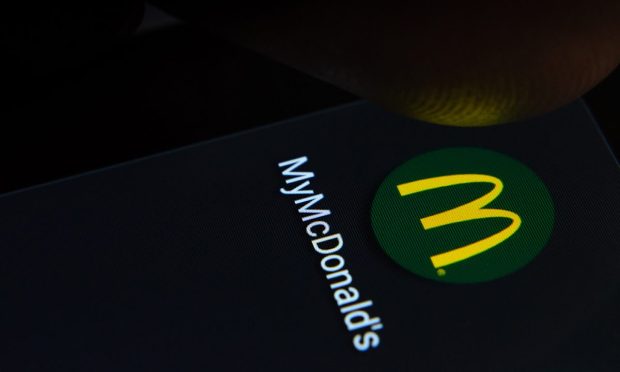McDonald’s Aims to Leverage Loyalty to Grow Its Known Customer Base 8X

About four months after the nationwide rollout of MyMcDonald’s Rewards, the quick-service restaurant (QSR) giant is seeing a bump in customer frequency where the program is available. Still, as the company’s President and CEO Chris Kempczinski told analysts on a Wednesday (Oct. 27) call discussing the chain’s third-quarter earnings, the program has a long way to go to reach its initial goals.
“We had set out earlier with an aspiration where we wanted to have 40% of our customers be known customers,” he said. “Today, that number’s probably only about 5% of the customers, where we actually know: Who is the customer? What do they buy? What did they buy previously? … Loyalty is certainly the way to get that customer to engage and share information with you.”
With MyMcDonald’s Rewards currently up and running in the United States, Germany and Canada, Kempczinski added the aim is to have the program active in its top six markets by midway through 2022.
Research from PYMNTS’ Restaurant Readiness Index, created in collaboration with Paytronix, finds that consumers rank loyalty programs as the primary way that restaurants can encourage them to spend more, with 16% of consumers reporting that the availability of loyalty rewards would be their biggest motivator, well above the second-most chosen option, the ability to order online.
Read more: NEW REPORT: QSRs’ Lagging Loyalty-Reward Investment Hurts Innovation and Sales
Overall, digital systemwide sales amounted to $13 billion in the first three quarters of 2020, already greater than the $10 billion total for 2020, and the digital mix in the chain’s top six markets rose slightly from just under 20% to just over. The company noted that digital, delivery and drive-thru orders (the “three Ds” of the McDonald’s Accelerating the Arches growth plan) remain elevated — which has a positive effect on sales, since consumers have been buying more per order through these channels than they typically would through in-store ordering.
Also see: QSR Loyalty War Gets Real as McDonald’s Joins Fight
“We are seeing those larger order sizes continue, and I think at least some of that will be stickier than we originally may have thought,” said Kevin Ozan, EVP and CFO. “I do think we will continue to see the check grow as those channels [digital, drive-thru and delivery] continue to grow.”
Granted, some of the popularity of these channels may be a temporary effect of lingering contagion concerns, as many consumers still remain cautious about returning to on-premise dining. Research from the PYMNTS’ Pandenomics survey series, “The Post-Pandemic Consumer at 18 Months: Spending Now, Worrying Later,” found that at the time of the survey, only 27% of respondents planned to dine out more at restaurants over the following three months.
Read more: The Pandemic at 18 Months: Economic and Lockdown Fears Are Eclipsing the Contagion
Data from PYMNTS’ recent Digital Divide Report, “Aggregators: The Cost of Convenience,” a Paytronix collaboration, finds that for QSRs, orders placed through online aggregators yield the highest check: $41 on average, versus $37 for dine-in, the same for online orders and $36 for phone orders. That said, unlike these channels that the restaurants fields directly, a significant portion of the sale goes to the third party.
For now, McDonald’s is in a sort of limbo when it comes to thinking about how to retool its business for the digital shift, as it remains unclear how consumers’ habits will shake out in the long-term, once (or if) contagion concerns fully reside.
“There’s still noise in the dine-in numbers,” Ozan said. “I don’t want to do anything hasty here.”
